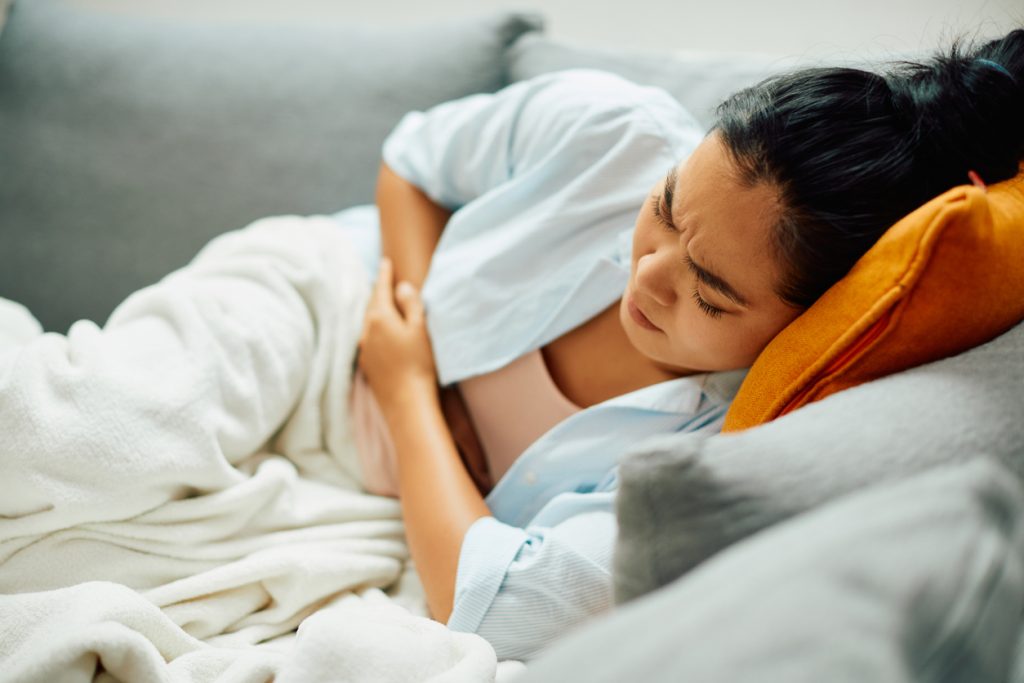
Endometriosis
What is endometriosis?
Endometriosis is a common gynecological disorder, affecting 5% to 10% of women of childbearing age. Usually discovered between the ages of 25 and 40, it manifests as abnormally intense pain in the lower abdomen or infertility (30% to 40% of women affected are infertile).
Causes and characteristics of endometriosis
The endometrium is the lining of the uterus. If fertilization does not occur at the end of the menstrual cycle, part of the endometrium, which is constantly being renewed, is evacuated with menstruation. Endometriosis is characterized by the formation, outside the uterus, of tissue made up of endometrial cells. This tissue can form elsewhere in the body, most commonly on the ovaries, fallopian tubes, ligaments supporting the uterus or the outer surface of the uterus, and more rarely: the intestines, bladder and kidneys.
Endometrial tissue reacts to hormonal fluctuations in the menstrual cycle and bleeds monthly, but with no exit to the outside of the body, which can lead to irritation, cysts and pain.
Main symptoms of endometriosis
The main symptoms of endometriosis include pain in the lower abdomen, which may radiate to the lower back and worsen during menstruation, when urinating or when bowel movements are disturbed (diarrhea, constipation), as well as pain during sexual intercourse. Endometriosis can also make it difficult to become pregnant, and cause rectal bleeding during menstruation.
Treatment of endometriosis
There is currently no definitive treatment for endometriosis. The most commonly used treatments aim to relieve pain, notably through the use of analgesics or anti-inflammatories. Hormonal treatments, such as continuous use of the contraceptive pill, Depo-Provera or the Mirena IUD, are also commonly used. Drugs that induce an artificial menopause by blocking estrogen secretion by the ovaries are also available, as are Gn-RH analogues that block activation of the pituitary by hormones from the hypothalamus, inducing a temporary menopause.
In some cases, conservative surgery (aims to remove/destroy the deposits of endometrisis), which retains the uterus and ovaries, may be considered. In extreme cases, radical surgery, in which the uterus and ovaries are removed to prevent hormonal stimulation, may be necessary. However, hysterectomy does not guarantee the permanent disappearance of symptoms, as endometriosis can form “spontaneously” in other areas of the body.
To find out more about the studies currently being recruited, please contact the Alpha Clinical Research team at 418-704-1112 (Lebourgneuf) or 418-847-1112 (Val-Bélair).